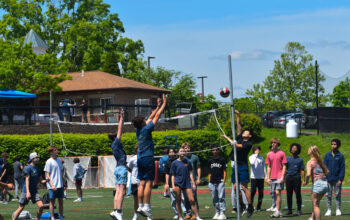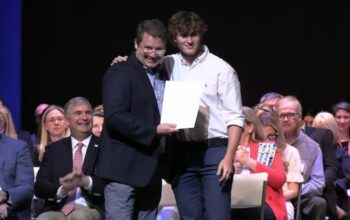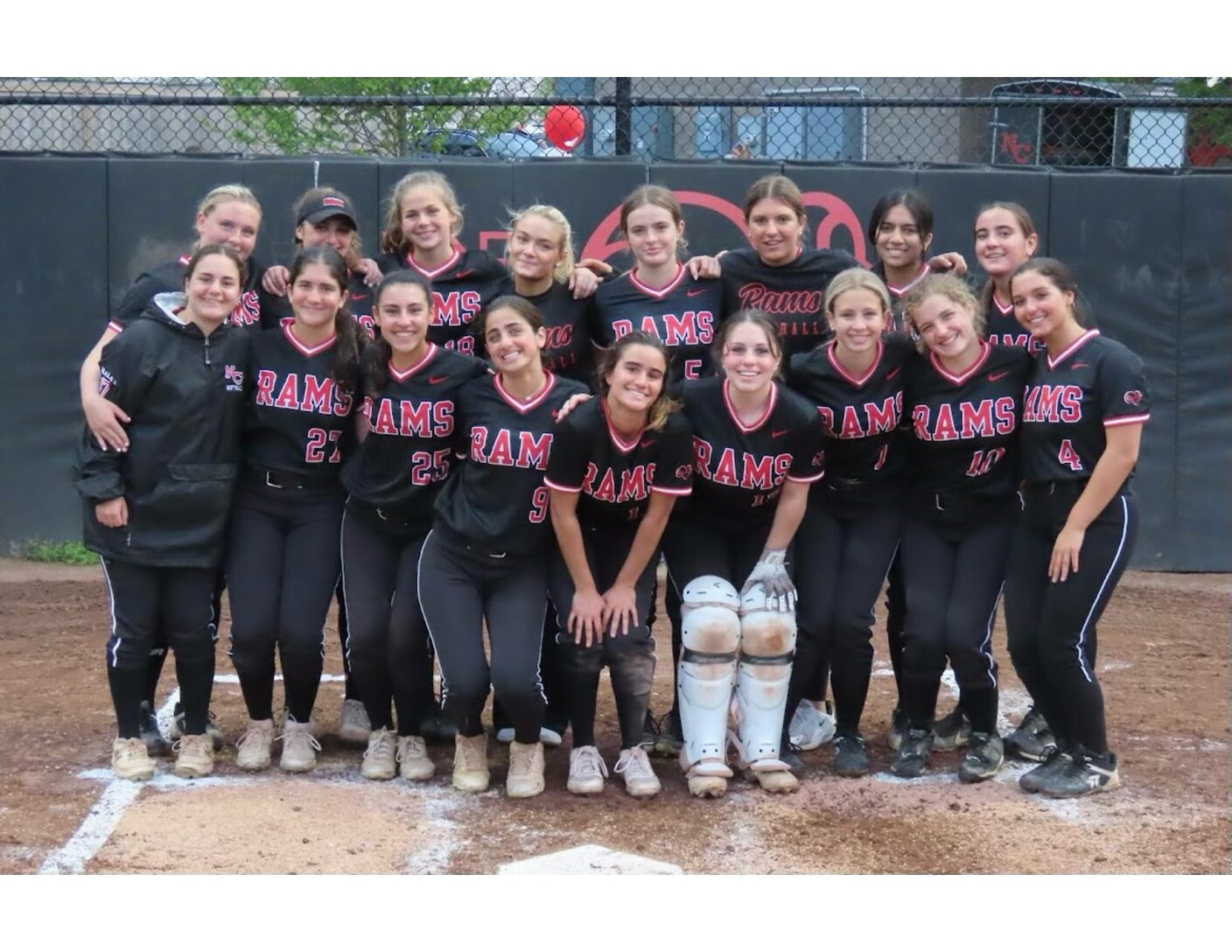Brittany Overacker
Reporter
With the new year underway, students are receiving new rubrics on behalf of the New England Association of Schools and Colleges (NEASC) that address 21st century learning expectations.
NEASC serves as the accreditation commission for New England public secondary schools and colleges. While implementing high standards of education as well as evaluation processes, NEASC aims to ensure that a school’s students are ready to graduate and move forward.
“NEASC sets an expectation of performance for schools based on standards, and then goes around to make sure that the schools are meeting those standards,” Principal and head of our school’s NEASC Steering Committee Bryan Luizzi said.
Co-chair of the NEASC Steering Committee and librarian Michelle Luhtala added to the overall definition of NEASC, describing it as an opportunity for reflection. “The purpose is to have the school stop, take a breather, examine itself, reflect on its strengths and challenges that it’s facing, and measure its performance according to an established set of standards,” she said.
In response to self-studies and in preparation for the NEASC committee’s visit this coming April, NCHS has contrived a new set of core values and expectations. This includes four main values that address academic expectations, social expectations, civic expectations, and an additional seven standards. These principles have been categorized based on department, and are to be assessed on regularly.
But while the learning expectations at NCHS have been modified, Co-chair of the NEASC Steering Committee and English Teacher Michael McAteer said that the content of the core values and expectations has not changed. “In Math you’re still going to learn math, and in English you’re still going to learn reading, writing and research,” he said. “The difference is to provide kids with more opportunities to apply what they’ve learned in ways that are more closely related to the kinds of things you’ll have to do after high school. So, the difference may be more in the way we talk about what we teach and how it’s presented and less in a change of what we actually teach. We’re not really asking anybody to do something new, we’re just figuring out a way to give kids feedback on skills that we’ve already asked them to demonstrate.”
And the basis of these new expectations has not gone unnoted. “We took the ideal graduate of NCHS from the faculty perspective and from the student perspective,” Ms. Luhtala said. “The new values and expectations are what came out of that exact language from both students and teachers.”
Dr. Luizzi also emphasized the large community aspect of establishing standards at our school. “The way NEASC is set up is to make sure that all school staff members are involved,” he said. “So, every teacher in the building is involved in the process. They like students to be involved, and they want the community to be involved. What NEASC does is try to put a system in place where everybody involved with the school has a voice in the process.”
But still, many have yet to be informed of these new expectations. Even though junior Keara Fahy was informed of NEASC’s expectations by a teacher, she expressed her concern of the lack of awareness regarding the standards. “I think the overall process is good, but a lot of people don’t know about it,” she said.
While senior Trip Means also agreed on the lack of knowledge about the new rubrics, he said he did notice the posters, and that the increase in uniformity across the departments in terms of expectations is becoming more apparent. “When students do notice it more, I believe they will have better work ethic, and understand more about what they’re trying to accomplish and how it pertains to their classes,” he said. “It will help them make sense of why they are being assigned the things that they are being assigned.”
With the collaboration of teachers and students, NEASC hopes to make these new expectations more prevalent throughout the school day. Plans will be communicated through the use of NCTV to deliver messages and create awareness, as well as announcements during classes and homerooms. “Teachers in every class are supposed to introduce the learning expectations to their students. What we need to provide is an overall framework so kids don’t see themselves getting five or six different, unrelated tasks, but they see how everything fits together,” Mr. McAteer said.
However, NEASC is not an organization implemented to fix something broken in school, and it does not aim to change or conform our system. Instead, it draws attention to the decisions made in teaching processes, and actions that the school can take to improve.
“We are all in this together, and we are a very high functioning school,” Ms. Luhtala said. “Very often people will ask if we really need an accreditation review. But it’s not a question of getting a stamp of approval from an outside organization as much as it is an opportunity for us to have important conversations about the purpose of what we do.”



